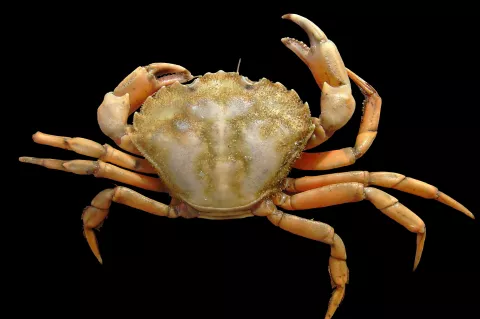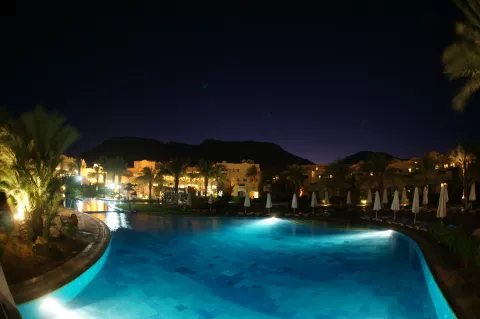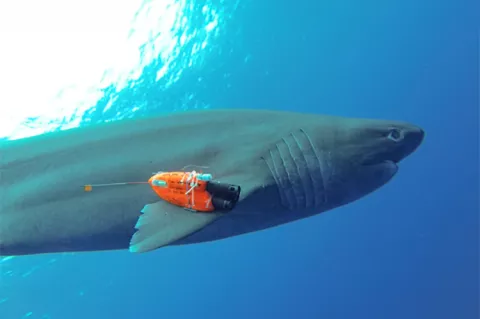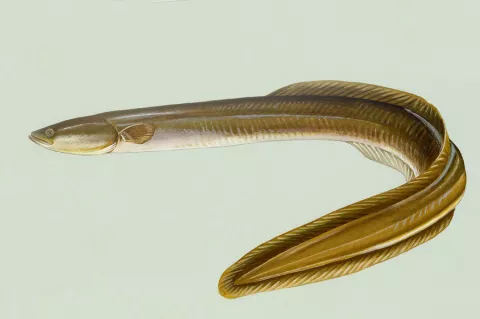Ocean acidification may well be helping invasive species
Ocean acidification affects biological processes in a wide range of marine taxa.
A new study, published in Research and Reports in Biodiversity Studies, notes that in the tropics, coral reefs face a host of interconnected problems (bleaching, corrosion, disease, spreading seaweed, invasive species) that are all caused by rising CO2 levels.







